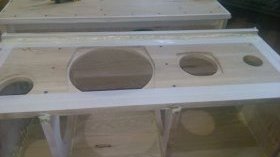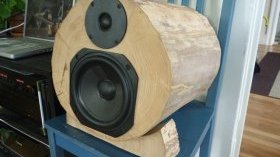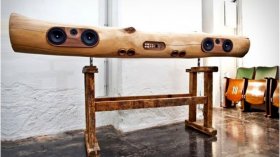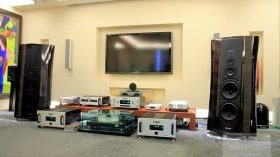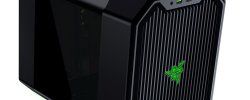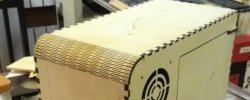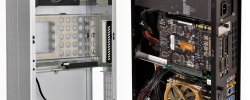Open Casing For Plywood Computer
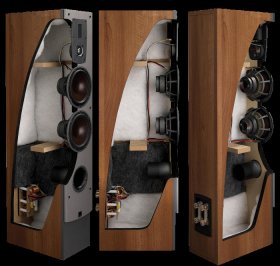 It's a new cycle of post devoted to acoustic systems. As the subject is very broad, we have decided to create a series of articles reflecting the selection criteria for the purchase of the AU. This post focuses on the acoustic properties of the hull materials and acoustic presentation. The post will be particularly useful for those who stand before the AU ' s choice and will also provide information to people who want to create their own AU in their DIY experiments.
It's a new cycle of post devoted to acoustic systems. As the subject is very broad, we have decided to create a series of articles reflecting the selection criteria for the purchase of the AU. This post focuses on the acoustic properties of the hull materials and acoustic presentation. The post will be particularly useful for those who stand before the AU ' s choice and will also provide information to people who want to create their own AU in their DIY experiments.
One of the decisive factors affecting the AU sound is the body material.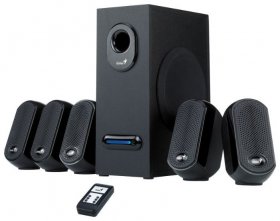 PULT experts believe that this factor is often exaggerated, but it is indeed important and cannot be written off. Acoustic presentation is also an important factor (in a number of others) determining the sound of the AU.
PULT experts believe that this factor is often exaggerated, but it is indeed important and cannot be written off. Acoustic presentation is also an important factor (in a number of others) determining the sound of the AU.
I warn you, the material contains references to goods not as a candid jean, but as examples (I hope no one will be served), everything is strictly within the scope of the topic.
Plastic is cheap, hearty, but resonant.
Plastic is often used in the AU budget. Plastics hull of lungs greatly enhances the capacity of designers, and practically any form can be implemented through lithium. The different types of plastics are very severe in their acoustic properties. In the manufacture of high-quality household acoustics, plastics are not used, and are used for professional samples where the mass and mobility of the device is important. (For most plastics, the sound absorption factor is between 0, 02 - 0, 03 at 125 Hz to 0, 05 - 0, 06 at 4 kHz)
